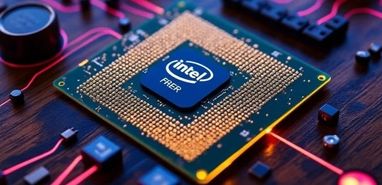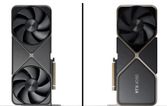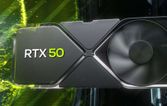
Intel is reportedly gearing up to introduce its next-generation Bolt Lake-S “Core Ultra 200” desktop CPUs on October 10th, as per sources from Benchlife.
Intel to Challenge AMD Ryzen 9000 Desktop CPUs with Bolt Lake-S “Core Ultra 200” Series
Intel’s upcoming Bolt Lake-S CPU lineup is set to be the next major release for desktop systems, featuring an all-new architecture and a brand-new socket. According to Benchlife, Intel is planning to announce its Bolt Lake-S “Core Ultra 200” desktop CPUs on October 10th. While the report doesn’t specify whether this will be a formal announcement or a full launch, historical trends suggest that the retail release might follow a few weeks later, giving Intel ample time to showcase its latest offerings to the desktop market.
The Bolt Lake-S generation will see Intel adopting the new “Core Ultra 200” branding for its processors, initially launching the series in “K” variants such as the Core Ultra 9 285K, Core Ultra 7 265K, and Core Ultra 5 245K. These CPUs will be paired with the new Z890 series motherboards, featuring the LGA 1851 socket.

Architecture and Specifications
The Bolt Lake-S “Core Ultra 200” desktop CPUs will introduce the latest Lion Bay P-Core and Skymont E-Core architectures. The processors will comprise up to four distinct tiles: Compute Tile, SOC Tile, IO Tile, and Graphics Tile, with the graphics portion powered by the new Alchemist Xe-LPG architecture.
As for the specs, the Intel Bolt Lake-S “Core Ultra 200” series will offer up to 24 cores and 24 threads, with hyper-threading support being absent in this generation. The CPUs will come equipped with 33 MB of L3 cache and increased L2 caches.

Clock speeds will reach up to 5.7 GHz on the flagship Core Ultra 9 285K, with power limits remaining at 125W PL1 and 253W PL2. However, the actual power consumption is said to be 100W lower than the current-gen Raptor Lake CPUs. Leaked clock speeds for several Core Ultra 200 SKUs have been revealed by Jaykihn, as shown in the table below:
| CPU Name | Architecture (P/E) | Cores/Threads | P-Core Boost / All-Core | E-Core Boost | Cache (L3) | TDP (PL1) |
|---|---|---|---|---|---|---|
| Core Ultra 9 285K | Lion Bay / Skymont | 24/24 | 5.7 / 5.4 GHz | 4.6 GHz | 36 MB | 125W |
| Core Ultra 7 265K | Lion Bay / Skymont | 20/20 | 5.5 / 5.2 GHz | 4.6 GHz | 33 MB | 125W |
| Core Ultra 5 245K | Lion Bay / Skymont | 14/14 | 5.0 / 5.2 GHz | 4.6 GHz | 24 MB | 125W |
| Core Ultra 9 275 | Lion Bay / Skymont | TBD | TBD | TBD | TBD | 65W? |
| Core Ultra 7 255 | Lion Bay / Skymont | 20/20? | TBD | TBD | TBD | 65W? |
| Core Ultra 5 240 | Lion Bay / Skymont | 10/10? | TBD | TBD | TBD | 65W? |
Recent reports have also highlighted that Bolt Lake-S CPUs will not suffer from the instability issues that have plagued some users of the 14th and 13th Gen chips.
With the official launch scheduled for October 10th, we can expect Intel to provide more details about the Bolt Lake-S “Core Ultra 200” desktop CPUs soon. Despite the company’s ongoing financial challenges, Intel has not altered its launch plans, and with Lunar Lake set to launch on September 3rd, we may hear more about Bolt Lake desktop components around that time.








By Andrej Kovacevic
Updated on 18th August 2024